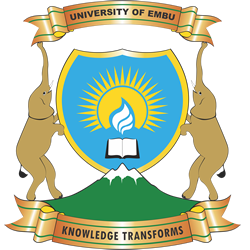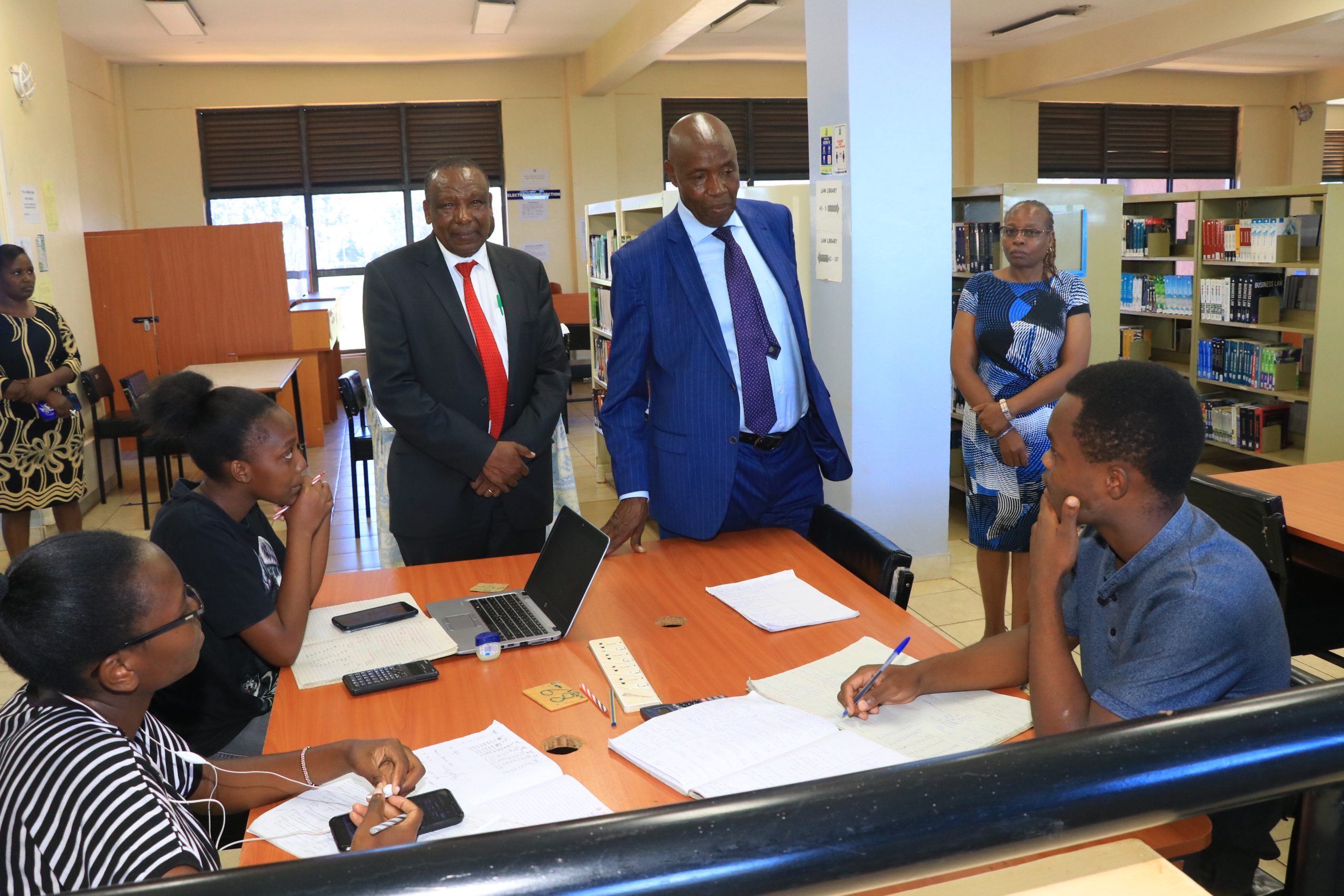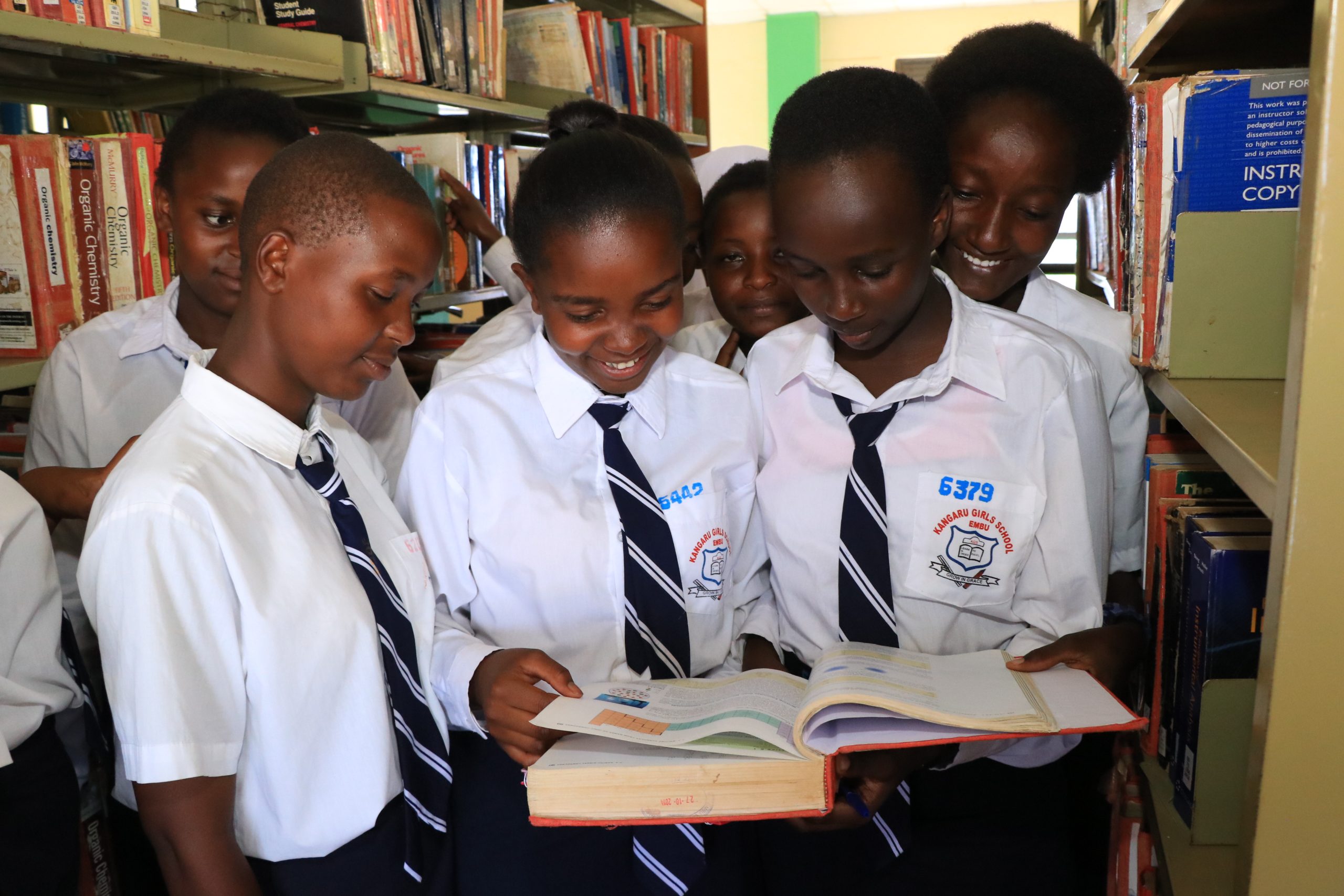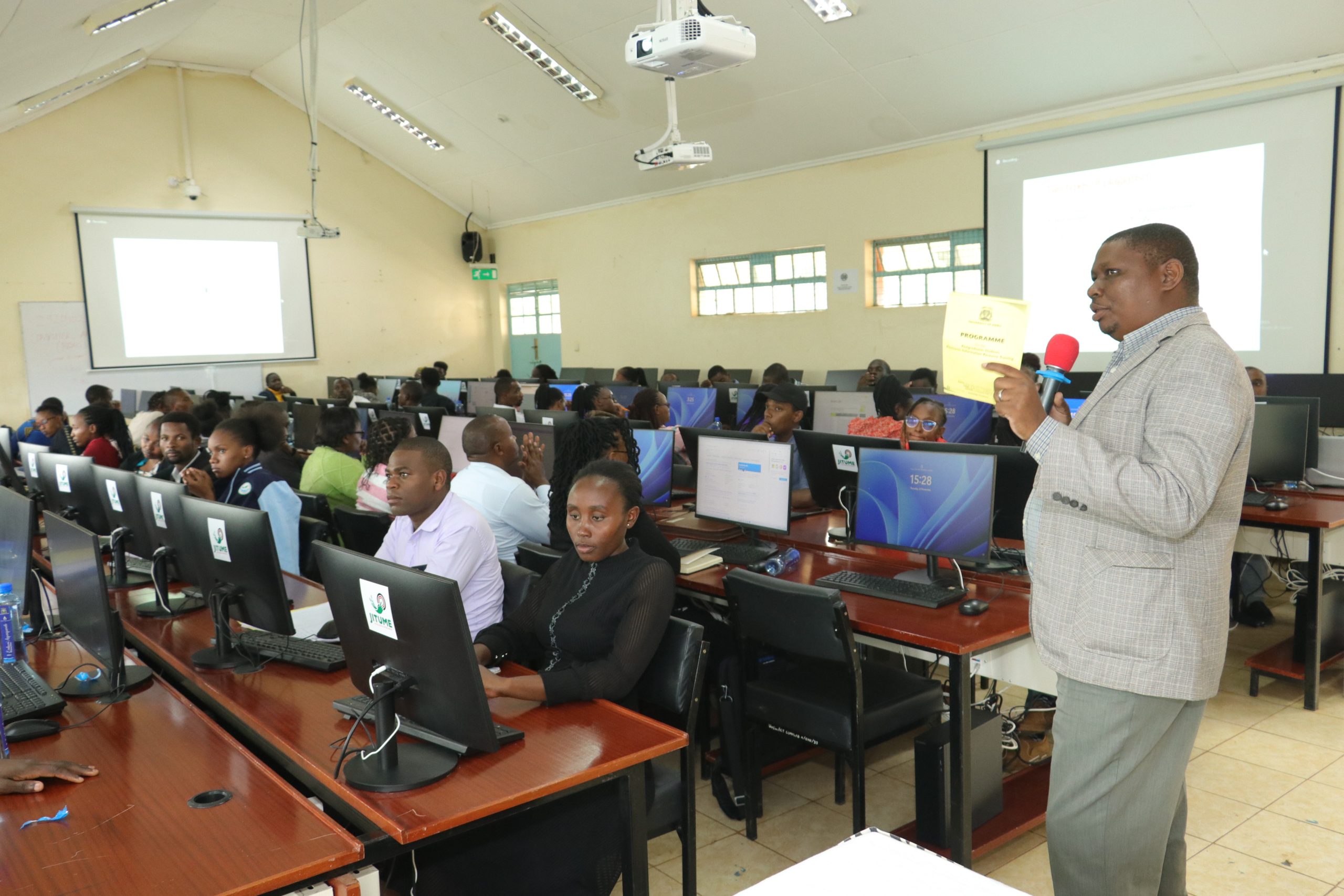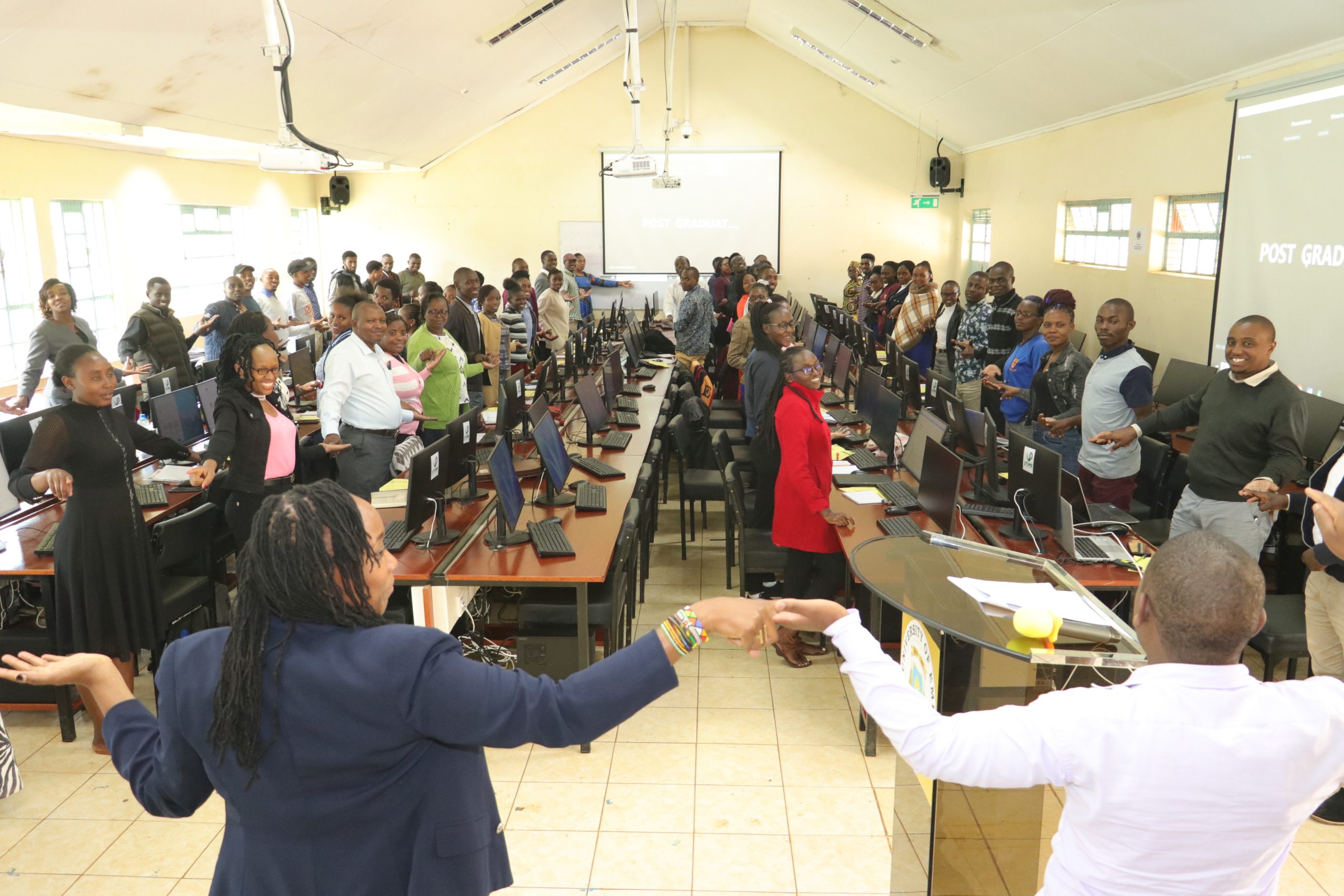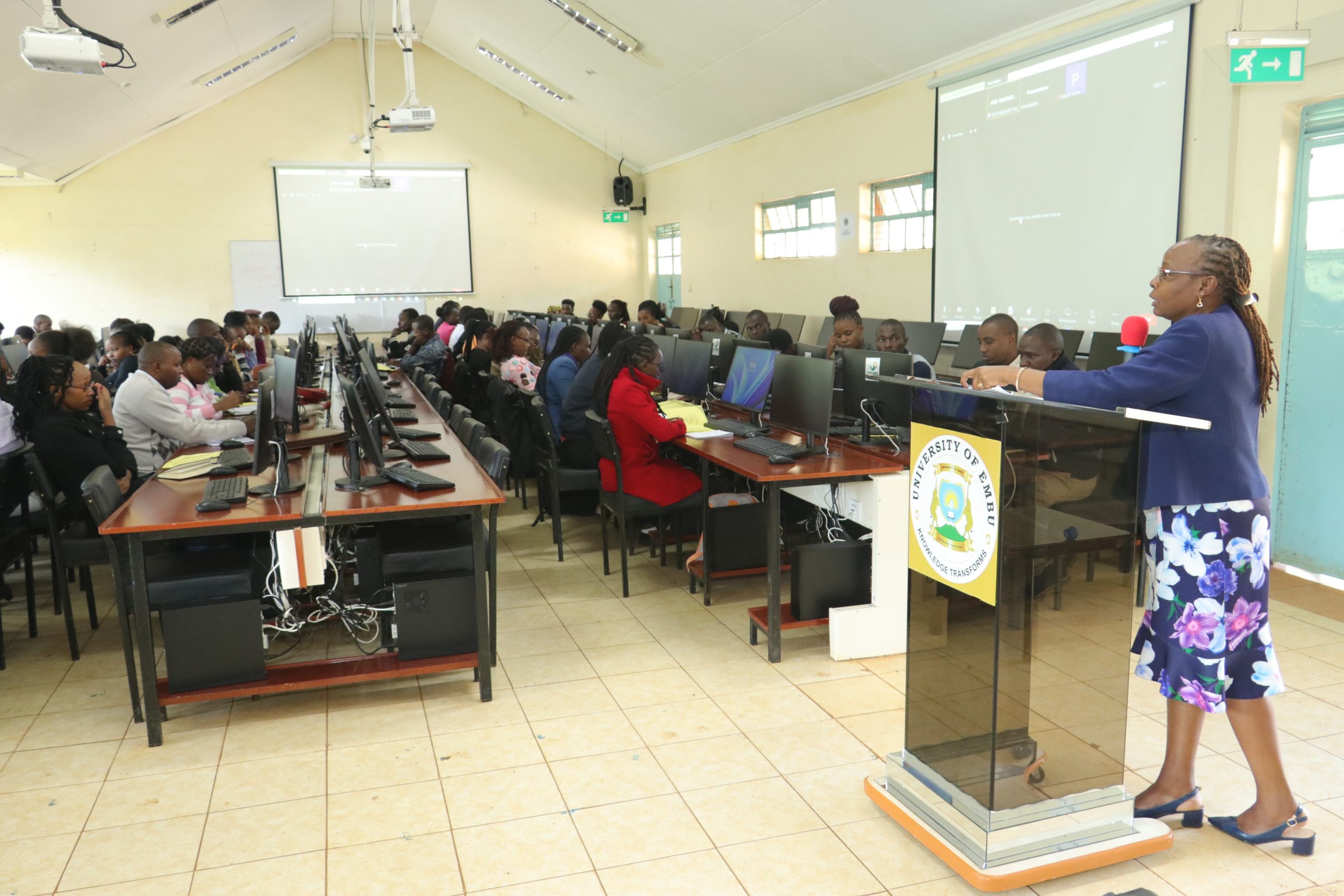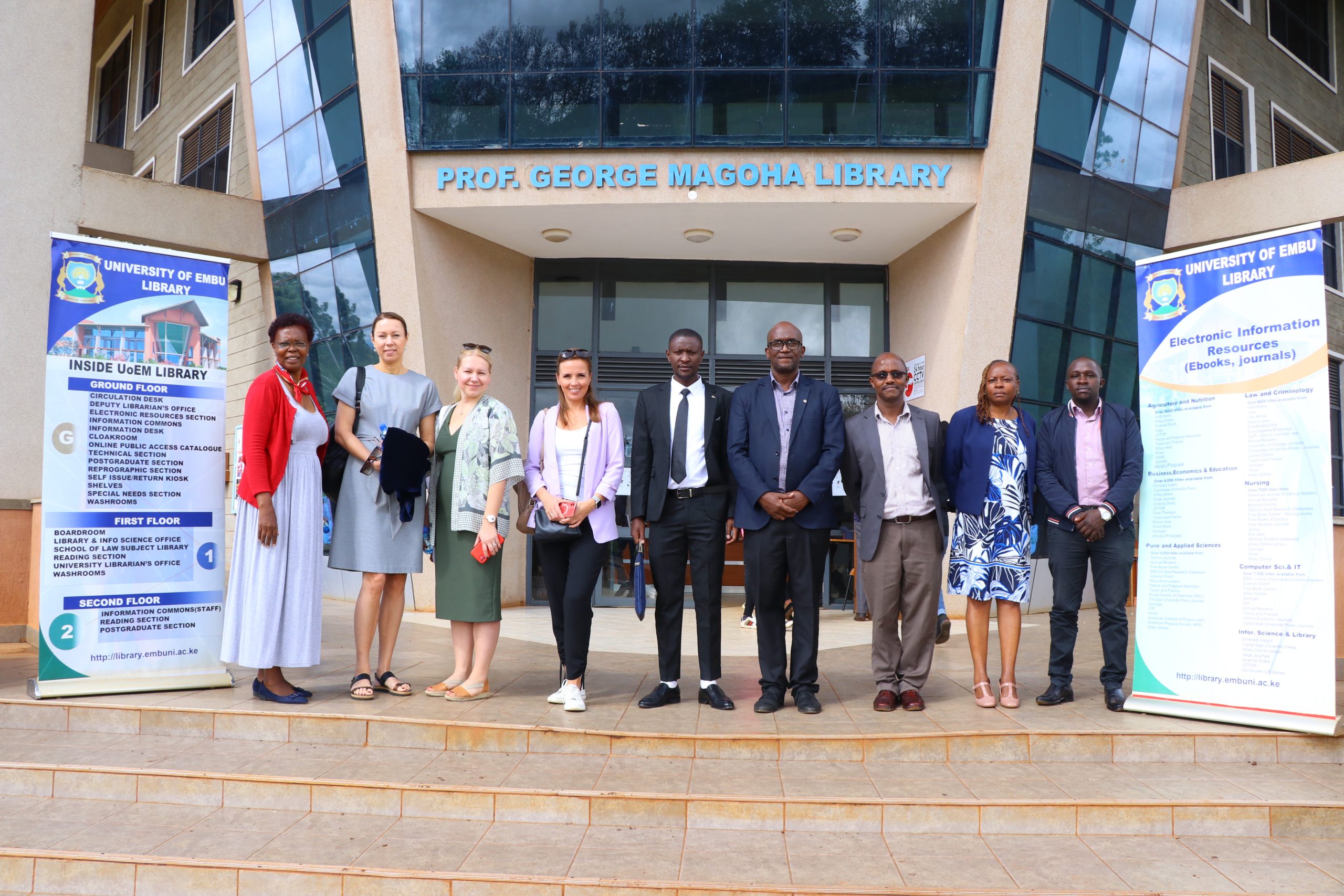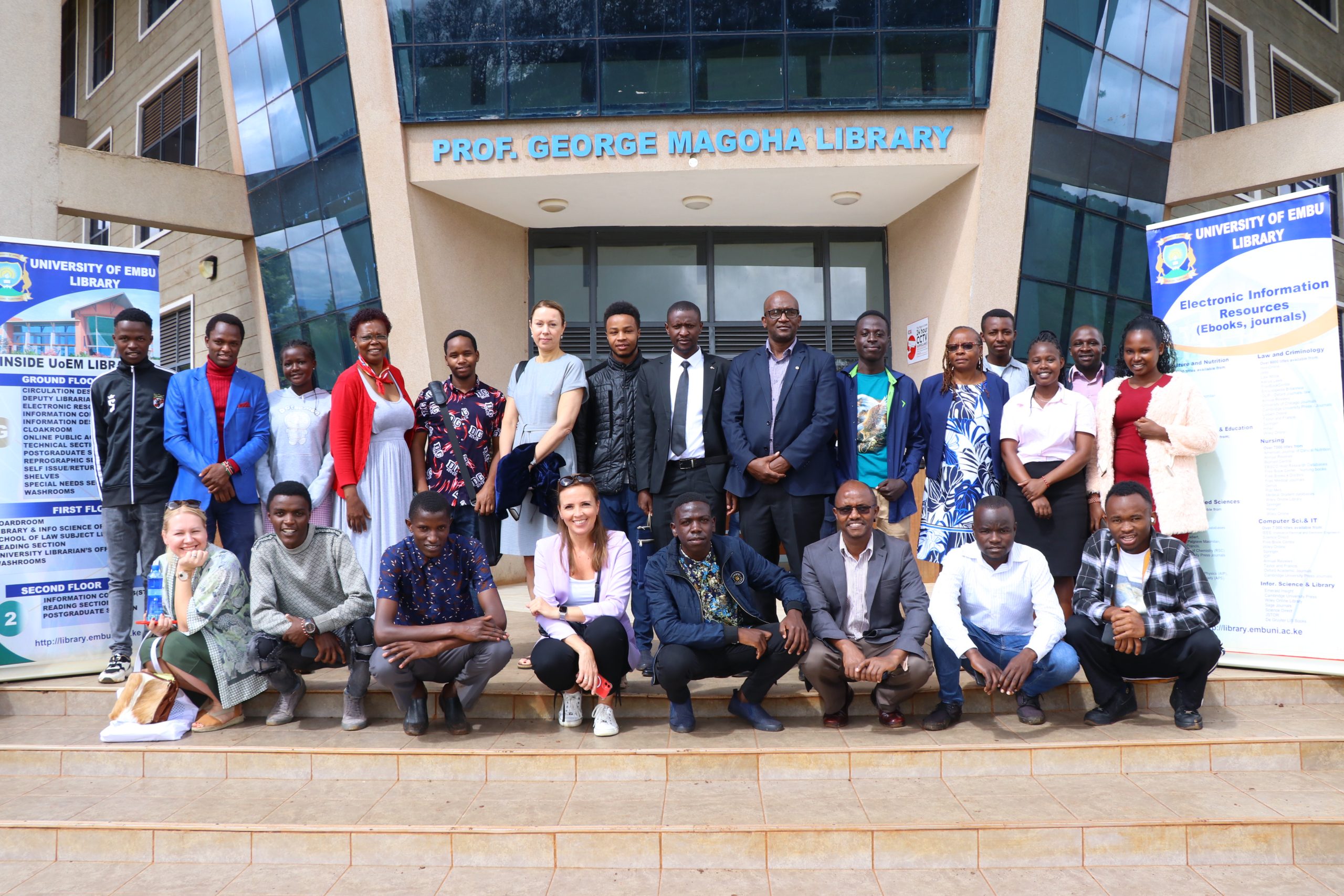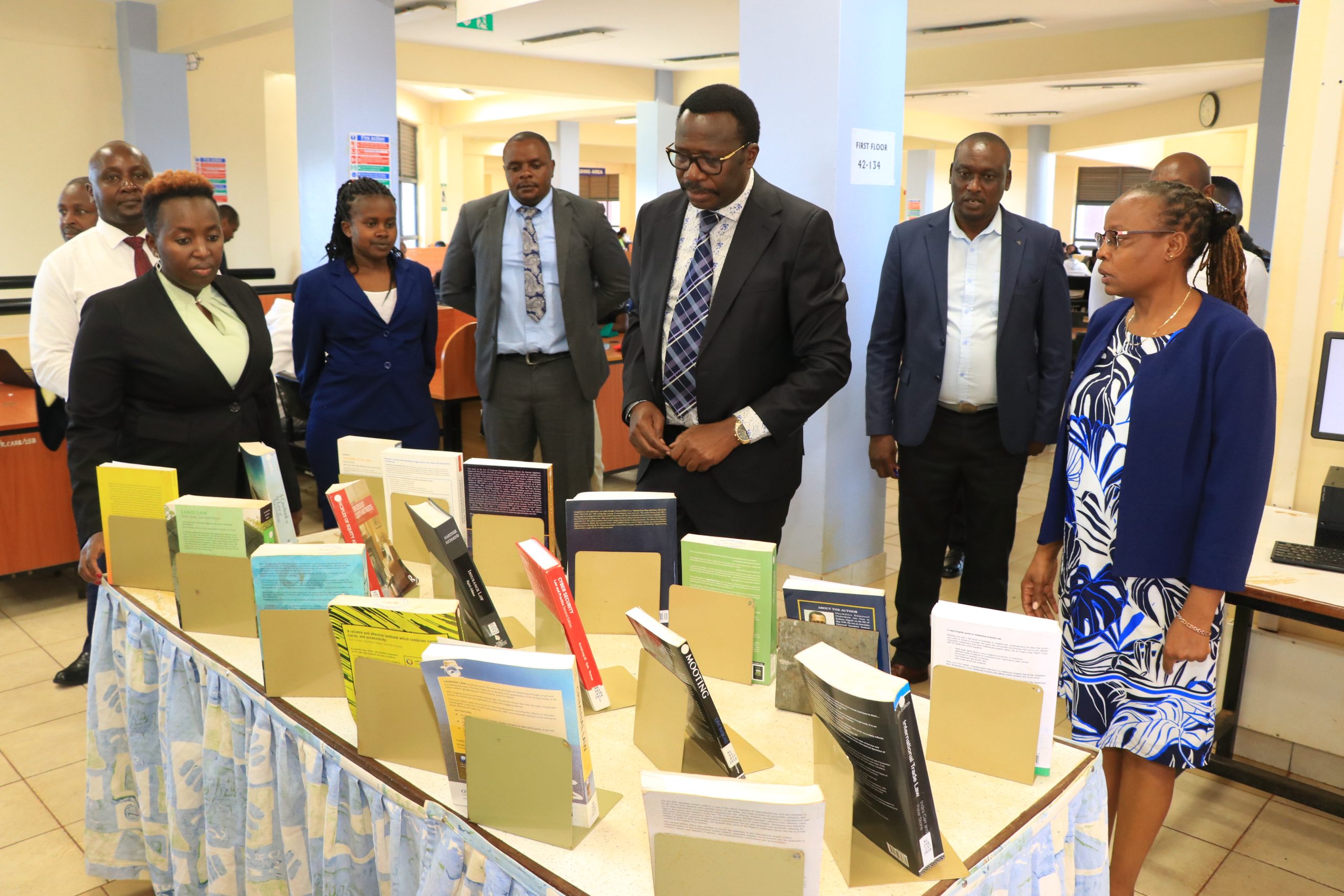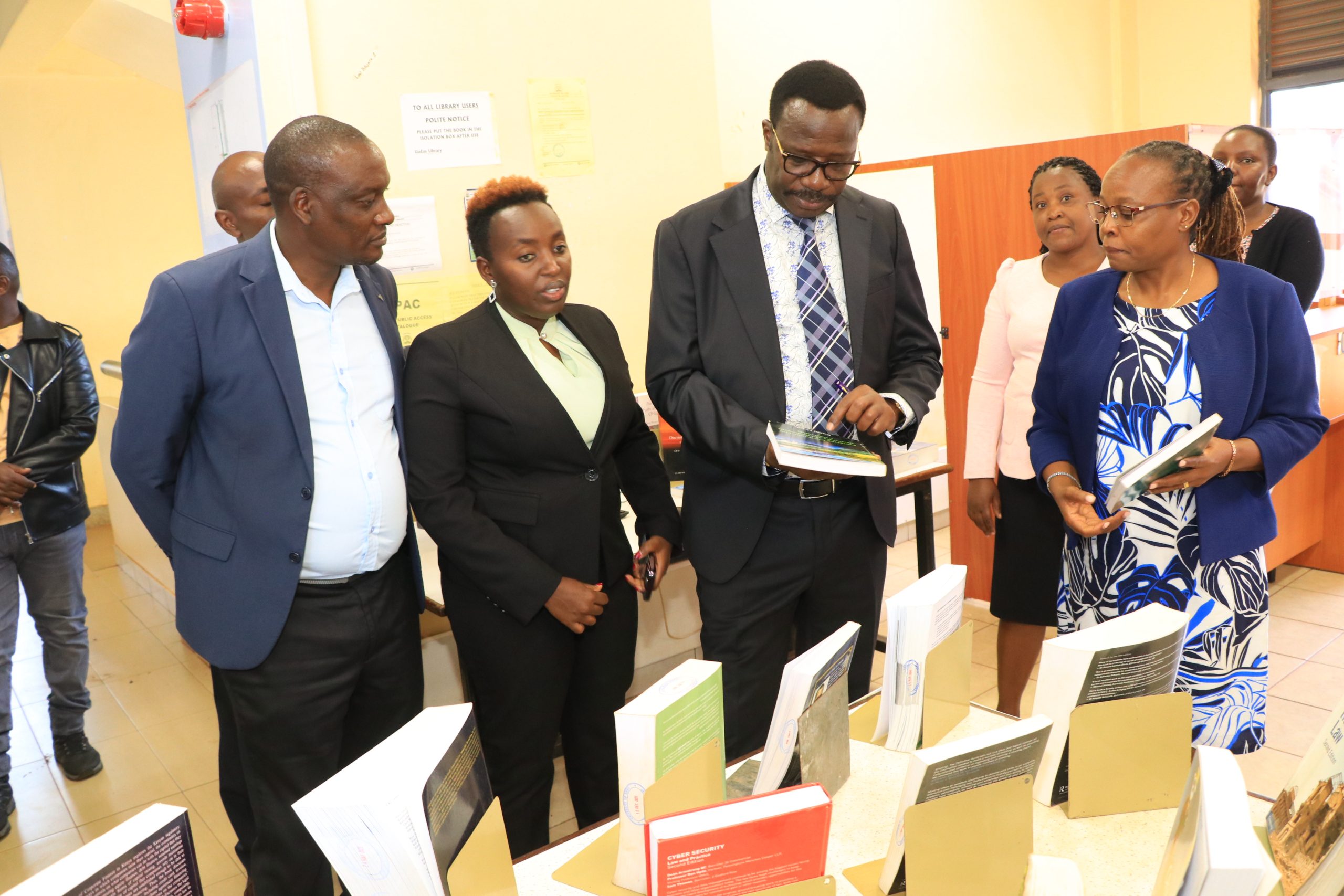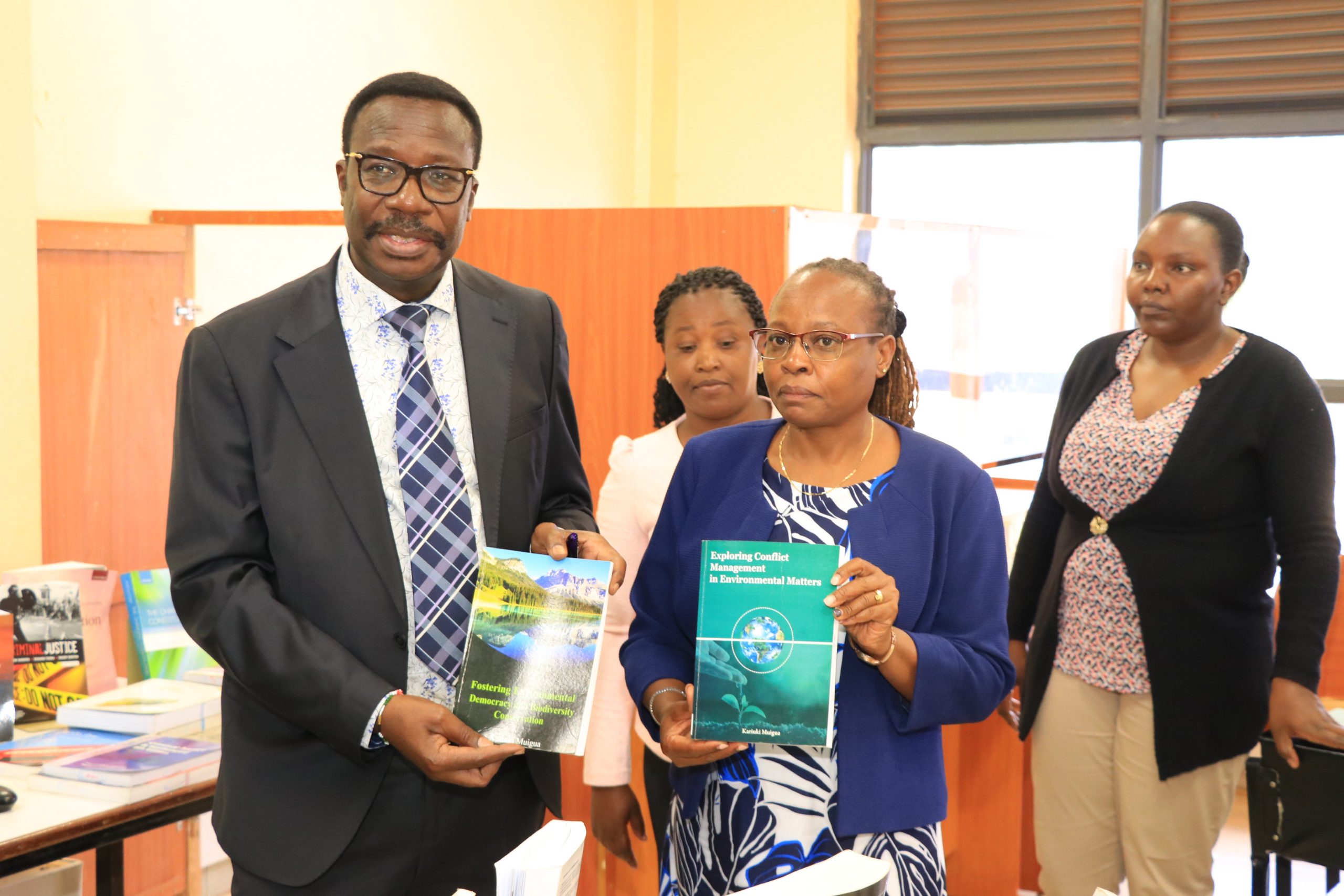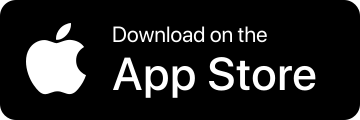E-resources Services

Anti-Plagiarism Software
The TURNITIN software is an educational tool that compares the similarities of academic or any other written material/work against a wide range of databases.

E-resources Off-campus Access
Access electronic resources (Journals, databases, e-books) and other digital materials, from outside the University of Embu Network through myLOFT.

Institutional Repository
This collection contains research and other publications generated and held within University of Embu. Full text access is provided under Creative Commons License

MyLOFT
Introducing Myloft – ‘My Library On Fingertips’
- Open the mobile app/the WebApp.
- A page will appear asking you to select your institute.
- Click on the textbox on the screen and select your institute, i.e. University of Embu, Kenya by scrolling the list given or typing the name. Click on “Continue”.
- A login page will appear with text boxes for email and password.
- Type in your registered email id and password for your MyLOFT account and click on “Sign in”.
News & Events
-
Cabinet Secretary, Education Hon. Ezekiel Machogu Tours Prof. George Magoha Library
Photos taken during the Cabinet Secretary, Education Hon. Ezekiel Machogu, visit of the Prof. George Magoha Library on April 16, 2024
-
Council for Legal Education Audit visit
Photos taken during the Council for Legal Education Audit visit held on Friday, March 15, 2024. The team was led by the Supreme Court Hon. Justice (Dr.) Smokin Wanjala, CBS, SCJ
-
Kangaru Girl’s High School Education Tour
Below are photos taken during Kangaru Girl’s High School Education Tour
